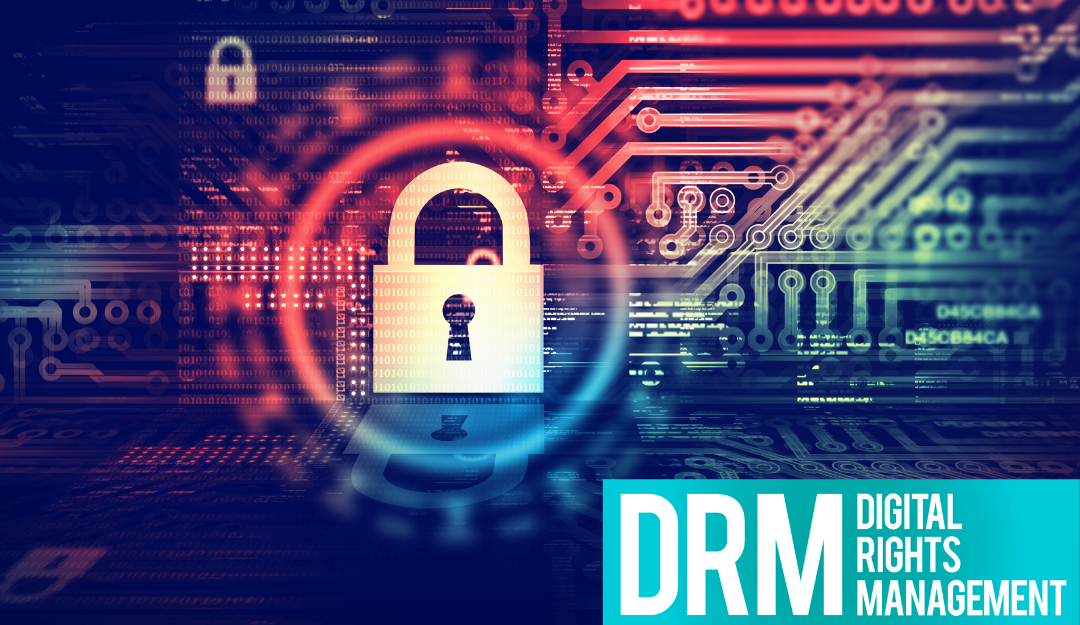Digital rights management (DRM) video protection strategies play a critical role in preventing unauthorized copying and distribution of valuable video content. As the digital landscape continues to evolve, content creators and distributors face increasing challenges in safeguarding their intellectual property. In this article, we will explore effective DRM video protection strategies that can help prevent unauthorized copying and distribution.
1. Encryption
Encryption is a fundamental DRM video protection strategy that ensures the confidentiality and integrity of digital content. By encrypting video files, sensitive information is transformed into an unreadable format, rendering unauthorized access and copying virtually impossible. Robust encryption algorithms and key management systems are employed to protect the content during storage, transmission, and playback.
2. Access Control
Access control mechanisms are essential for preventing unauthorized users from accessing video content. DRM systems implement access control by requiring authentication and authorization processes. This ensures that only authorized users with valid credentials can view and access the content. Access control may involve user accounts, license keys, or digital rights certificates, which grant specific permissions based on user roles and entitlements.
3. Watermarking
Watermarking is a technique used to embed identifiable information within video content. It serves as a deterrent to unauthorized copying and distribution by providing traceability and accountability. Watermarks can be visible or invisible, and they can contain information such as the source, copyright details, or unique identifiers. In the event of unauthorized use, watermarks can be used to identify the source and take appropriate action.
4. Anti-Tampering Measures
To protect against tampering attempts, DRM systems employ anti-tampering measures. Digital signatures, integrity checks, and checksums are used to verify the authenticity and integrity of the video files. If any modifications or tampering are detected, the DRM system can trigger alerts, render the content unplayable, or initiate countermeasures to prevent unauthorized use.
5. License Management
Effective license management is crucial for DRM video protection. DRM systems enable content owners to define and enforce specific usage rights and restrictions through licensing mechanisms. This includes specifying the number of authorized devices, the duration of access, and the permitted locations for content playback. License management ensures that content is used within the boundaries set by the content owners, reducing the risk of unauthorized copying and distribution.
6. Digital Rights Enforcement
Enforcement of digital rights is an essential aspect of DRM video protection. Content owners can monitor and enforce their rights through tracking mechanisms and legal avenues. Detailed logs and analytics can provide insights into user behaviour and unauthorized access attempts, enabling content owners to take appropriate action. Legal measures, such as DMCA takedown notices, can be pursued to address copyright infringement and protect intellectual property rights.
7. Continuous Updates and Improvements
As anti-piracy techniques evolve, it is crucial for DRM systems to adapt and evolve as well. Regular updates and improvements to DRM technologies ensure that they remain effective in preventing unauthorized copying and distribution. Close collaboration between content creators, DRM providers, and security experts is essential to stay ahead of emerging threats and vulnerabilities.
By implementing these DRM video protection strategies, content creators and distributors can significantly reduce the risk of unauthorized copying and distribution. Encryption, access control, watermarking, anti-tampering measures, license management, and digital rights enforcement collectively contribute to a robust DRM ecosystem that safeguards valuable video content.

